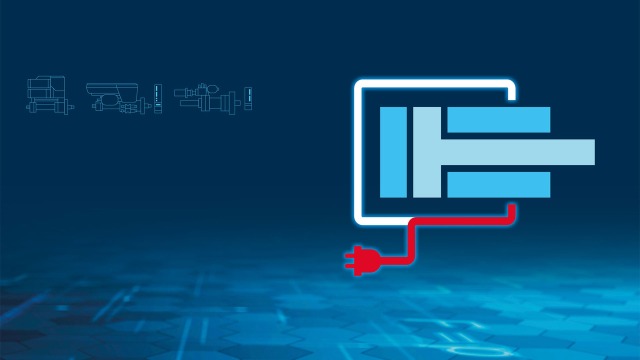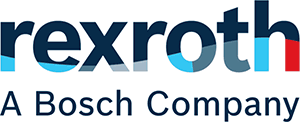

Industries
OverviewService
OverviewCompany
OverviewProduct groups
OvervieweConfigurators and Tools
Overview

Self-contained actuators were originally developed for application-specific linear movements. As standardized system solutions, the electro-hydraulic linear direct drives are now being used across a range of sectors. What approaches exist and what are the advantages for machine manufacturers and end users?
The trends are clear: Machines and systems should be smaller, simpler and less expensive. At the same time, the need for energy efficiency and process safetye is growing – as is the desire for electrification and modularization. How can all of these requirements be taken into account in a future-viable machine design for linear movements? Self-contained actuators are an interesting solution here. They allow decentralized infrastructures with electric control in spite of their smaller footprint and reduced oil volume and with no need for hydraulics expertise.
What is a self-contained actuator?
Why were self-contained actuators developed?
What solution patterns can be seen?
How do self-contained actuators become a usable product?
Will self-contained actuators advance standardization?
As a result, self-contained actuators not only conserve resources and thus help to protect the environment. They are also an economical system solution for future-viable machine design and greater competitiveness.
